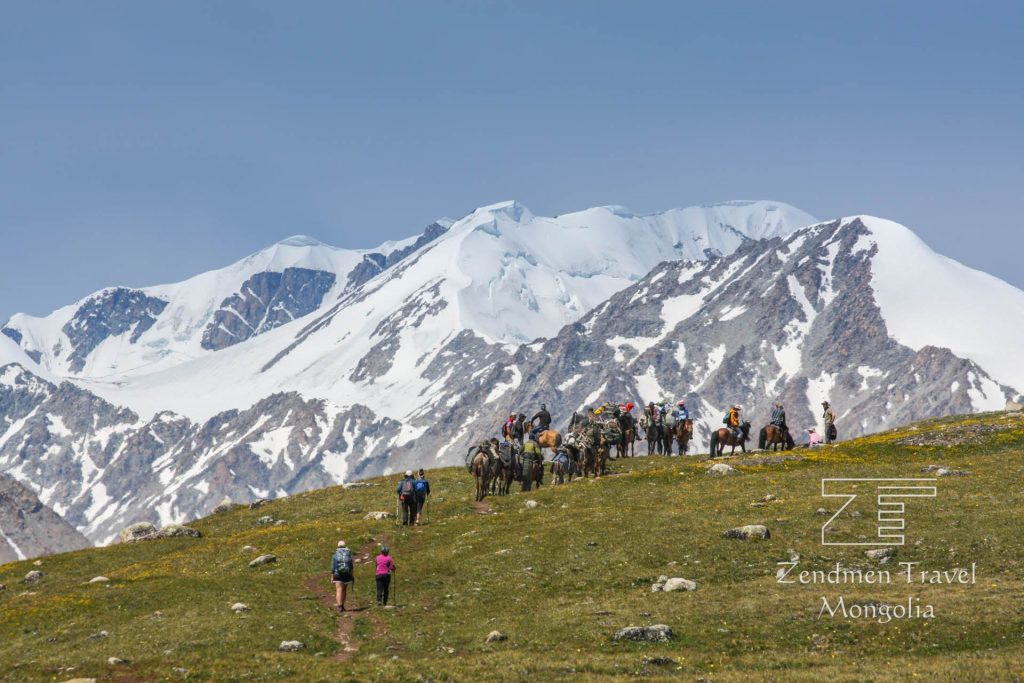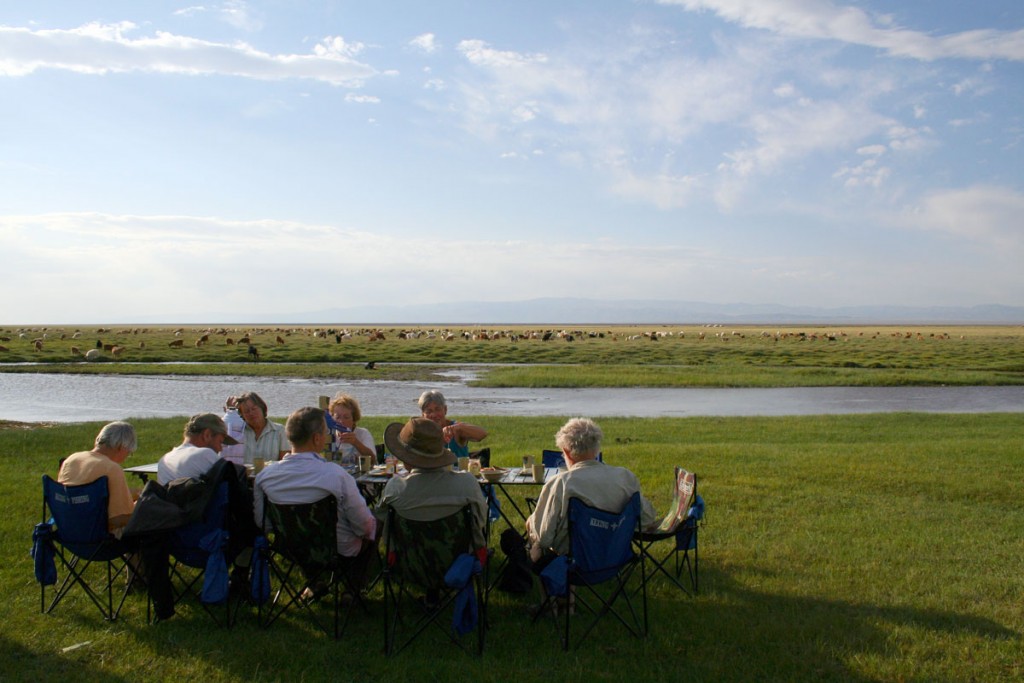Mongolia is gaining global interest as a travel destination. Lonely Planet has named Mongolia as the best country to explore in 2024. These are what Lonely Planet highlights about Mongolia.
Traditional Music
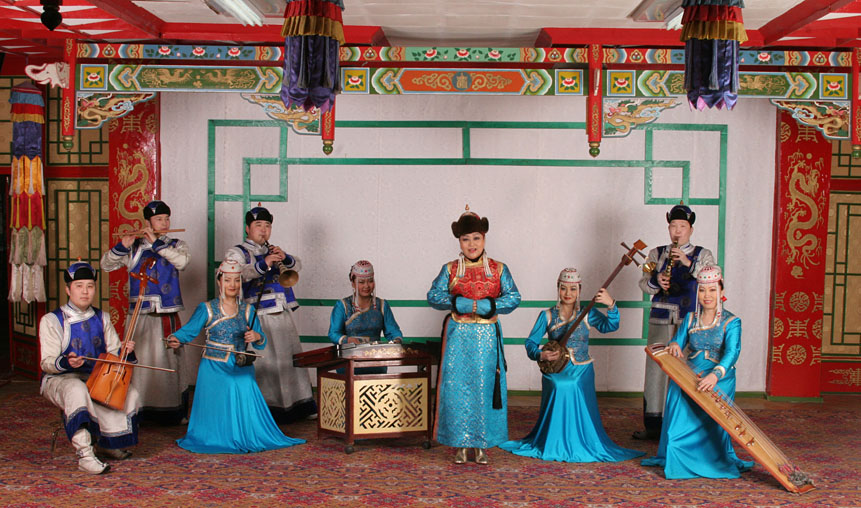
Traditional Mongolian music is deeply rooted in nomadic culture, featuring distinctive elements such as throat singing (khoomei), the iconic horsehead fiddle (morin khuur), and long songs (urtiin duu) that depict the nomadic way of life and the beauty of nature. Instruments like the yatga, topshur, and shanz contribute to the rich musical tapestry. Mongolian music serves as a means of storytelling, preserving cultural narratives, and celebrating themes of resilience and connection to the land. Contemporary influences have led to a fusion of traditional and modern styles, gaining popularity both within Mongolia and globally. Festivals and competitions play a vital role in showcasing and preserving Mongolian musical traditions, highlighting the unique sonic expressions that reflect the spirit and history of the Mongolian people.
Gastronomy
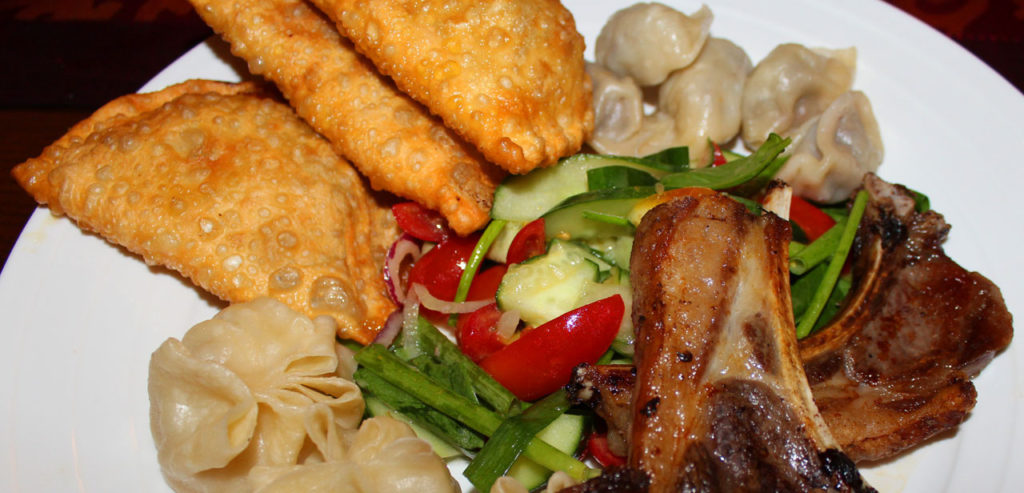
Mongolian gastronomy is deeply influenced by the nomadic lifestyle, featuring a cuisine that relies heavily on dairy products and meat from livestock such as horses, yaks, sheep, and goats. Traditional dishes include buuz (dumplings filled with meat), khorkhog (meat and vegetables cooked with hot stones), and khuushuur (fried meat pies). Airag, fermented mare’s milk, is a popular traditional beverage. The scarcity of vegetables in the harsh Mongolian steppes has led to a focus on hearty and protein-rich meals. Modern influences have brought some international flavors to urban centers, but traditional Mongolian cuisine remains a symbol of the country’s nomadic heritage, offering a unique culinary experience for those eager to explore its rich and distinctive flavors.
Naadam Festival
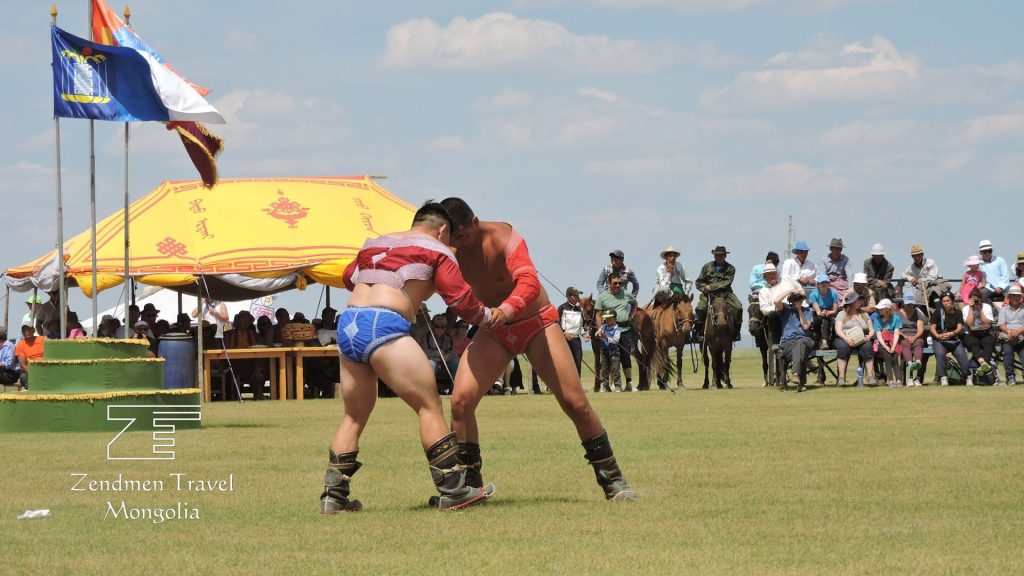
The Naadam Festival in Mongolia is a centuries-old traditional event celebrated annually in July, featuring the “Three Manly Games” of wrestling, horse racing, and archery. This cultural spectacle is deeply rooted in Mongolian history, reflecting the skills and strengths crucial for nomadic life. Wrestlers don traditional costumes and engage in intense grappling matches, while skilled archers showcase their accuracy and precision. The horse racing component, often covering vast distances on the steppes, highlights the significance of horsemanship in Mongolian culture. Beyond the competitions, Naadam is a vibrant celebration filled with traditional music, dance, and elaborate ceremonies. The festival serves as a key cultural event, bringing communities together and providing visitors with a unique opportunity to witness and participate in the rich heritage of Mongolia.
Horse Riding
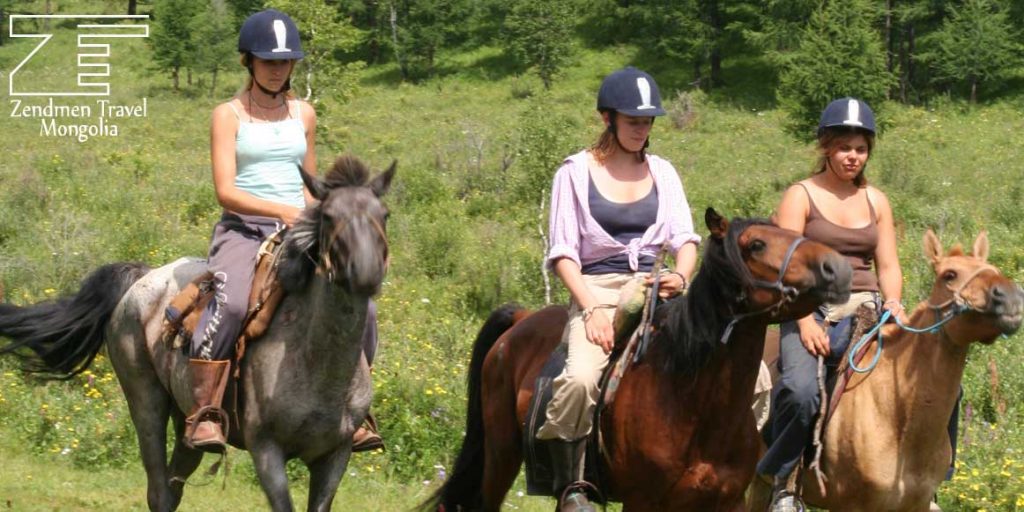
Riding a horse in Mongolia is a captivating and immersive experience that allows one to connect with the nomadic traditions deeply embedded in the country’s culture. The vast, open landscapes of the Mongolian steppes provide an ideal backdrop for exploration on horseback, offering a sense of freedom and connection to nature. Horses, revered companions in Mongolian life, are well-trained and sturdy, making them reliable partners for riders of varying skill levels. Whether traversing rolling hills, crossing pristine rivers, or galloping across the expansive plains, the adventure of horseback riding in Mongolia offers a unique perspective on the nomadic way of life, allowing riders to appreciate the landscape and traditions from a perspective that has been integral to the Mongolian lifestyle for centuries.
What sets Mongolia apart?
Nomadic Culture
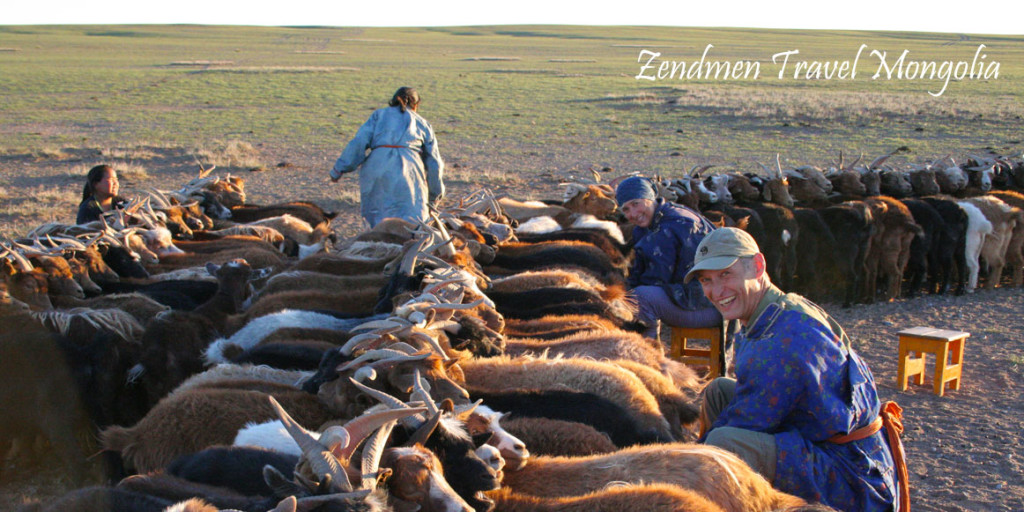
With one third of the population still living as nomad, Mongolia persists as nomadic nation to the date. The Mongolian nomadic lifestyle is characterized by a deep connection to nature and a reliance on herding livestock for sustenance. Nomadic families live in portable tents known as gers, following a seasonal migration pattern to ensure their animals have access to fresh grazing land. Horses play a central role in daily life, serving as transportation, herding companions, and participants in traditional sports. Traditional clothing, including the distinctive deel, reflects the practical needs of nomadic living. Dairy products, particularly fermented mare’s milk (airag), are integral to the nomadic diet. The nomadic community is close-knit, with hospitality being a valued practice. Additionally, nomads maintain spiritual ties to nature through shamanistic beliefs, fostering resilience and adaptability in the face of Mongolia’s challenging landscapes.
Stunning Landscape
Mongolia’s landscape is a vast and diverse tapestry, characterized by sweeping expanses of untamed wilderness and rugged beauty. The country’s iconic steppes, stretching for miles beneath wide-open skies, offer a sense of boundless freedom. Nestled within these vast grasslands are rolling hills, dramatic mountain ranges like the Altai and Khangai, and the expansive Gobi Desert, showcasing shifting sand dunes and unique rock formations. Pristine lakes and rivers dot the landscape, providing oases of serenity amid the rugged terrain. The nomadic way of life, intimately connected to nature, is profoundly influenced by Mongolia’s breathtaking and varied geography, making it a destination that beckons adventurers, nature enthusiasts, and those seeking a glimpse into the untamed beauty of Central Asia.
Thrilling Events
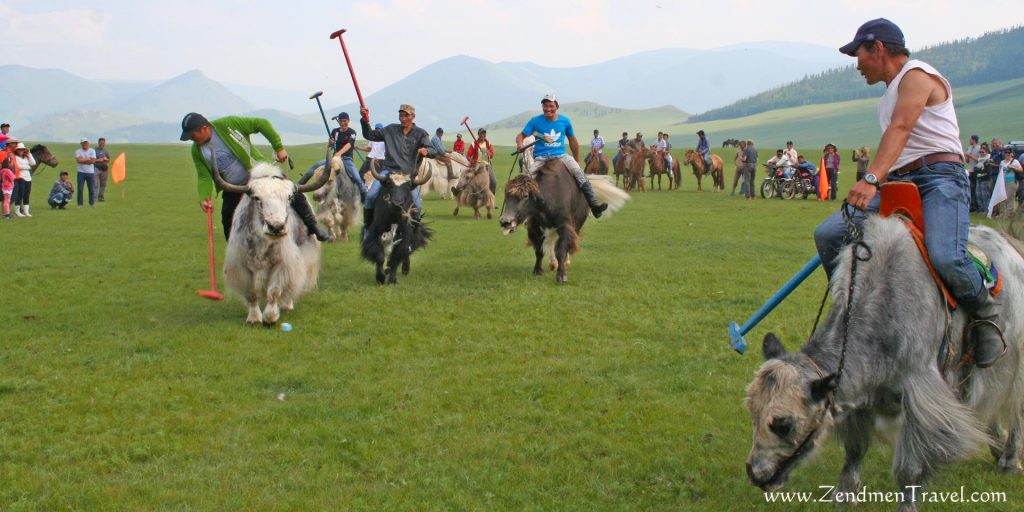
Throughout the year, Mongolia hosts a variety of thrilling events that showcase its rich cultural heritage and offer unique experiences for locals and visitors alike. The Naadam Festival in July is a highlight, featuring traditional “Three Manly Games” of wrestling, horse racing, and archery, accompanied by vibrant celebrations of music and dance. The Golden Eagle Festival, held in September in the Altai Mountains, showcases the ancient practice of eagle hunting with impressive displays of skill and speed. Winter brings the Ice Festival on Khuvsgul Lake, where locals engage in ice skating, ice sculpture competitions, and traditional winter sports. Additionally, the Thousand Camel Festival in the Gobi Desert celebrates the Bactrian camel in March, featuring camel races, cultural performances, and opportunities to experience the nomadic lifestyle. These events not only provide an adrenaline rush but also offer a unique window into Mongolia’s diverse traditions and the spirit of its people year-round.
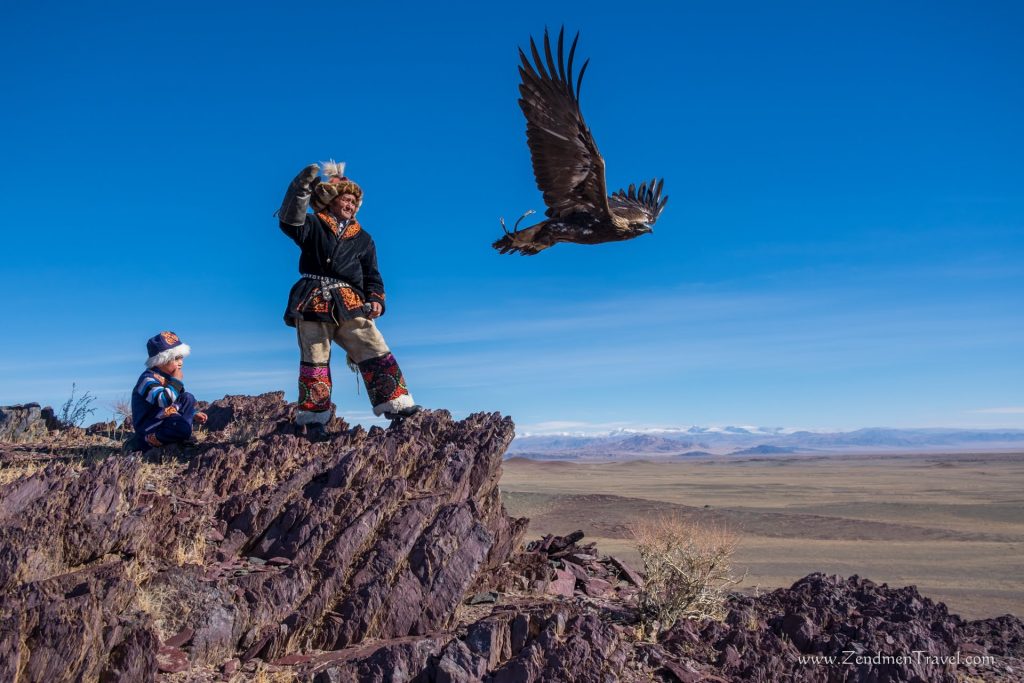
Why 2024?
The Mongolian government has officially designated 2023-2025 as the “Years to Visit Mongolia.” Within this initiative, annual campaigns like “Welcome to Mongolia-2023” and “Go Mongolia-2024” have been launched. These initiatives have resulted in several noteworthy outcomes, including the establishment of a more sophisticated legal environment, support for tourism enterprises through tax exemptions, streamlined visa policies, the liberalization of air transport, the integration of digital technologies in tourism, a commitment to tourism standards, and successful international promotion, all contributing to positive results.

